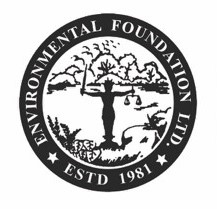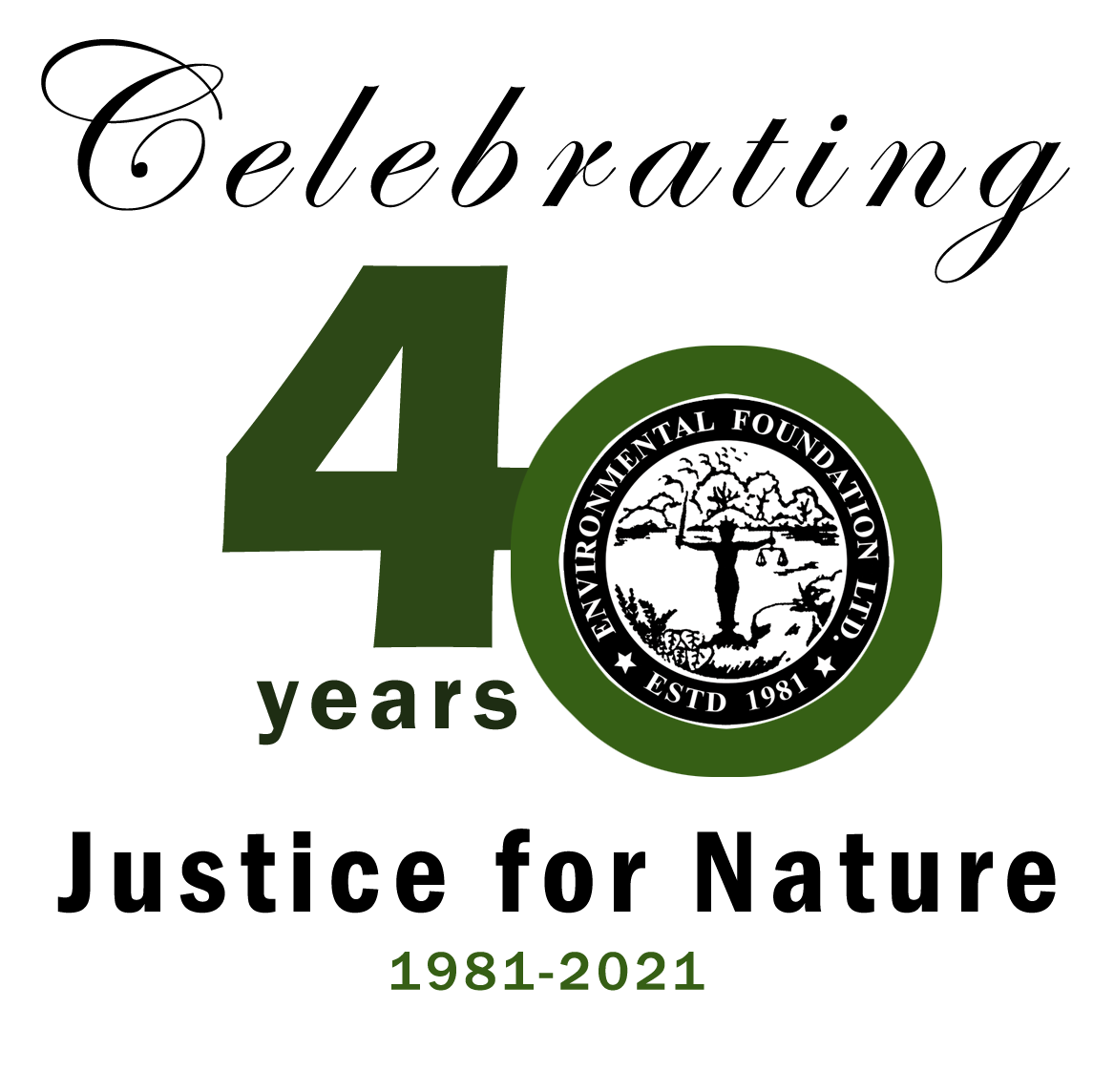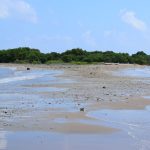Intensified development in Sri Lanka has increased the demand for river sand which is a raw building material. The laws and regulations of the country on river sand mining are governed by the Mines and Minerals Act No. 33 of 1992 as amended in 2009 and the Geological Survey and Mines Bureau (GSMB) and relevant Divisional Secretariats are the authorized government bodies to issue permits/licenses to persons involved in such activities. Excessive sand mining is a common practice along the
Heavy rains caused landslides in Kithulkanda, Meepe last Thursday, damaging several houses. Previously EFL had conducted a site visit to this area to investigate the exploitative mining on the other side of the Kithulkanda mountain in Meepe , where 15 out of 16 quarries were reportedly violating the terms of their permits. While the Geological Survey and Mines Bureau stated that they would revoke the permits of 15 quarries, EFL learned that they had given permission for 12 quarries to
Maha Oya is one of the largest rivers in Sri Lanka, which flows 128 km across four provinces and five districts. It starts from Nawalapitiya, from the area of Aranayake and falls in to the Indian Ocean from Kochchikade, North of Negombo. More than 1.1 million of population lives by the river, harnessing myriad of benefits from the river for their subsistence and livelihood activities. The Maha Oya provides water for domestic and industrial needs of different communities living





